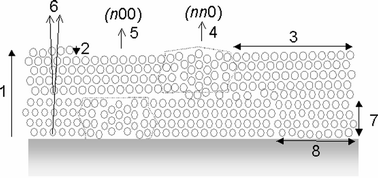Structural comparison of hexagonally ordered mesoporous thin films developed by dip- and spin-coating using X-ray reflectometry and other quantitative X-ray techniques
Abstract
Clear and homogeneous precursors for casting mesoporous thin films (MTFs) were prepared by addition of a triblock polyalkylene


 Please wait while we load your content...
Please wait while we load your content...